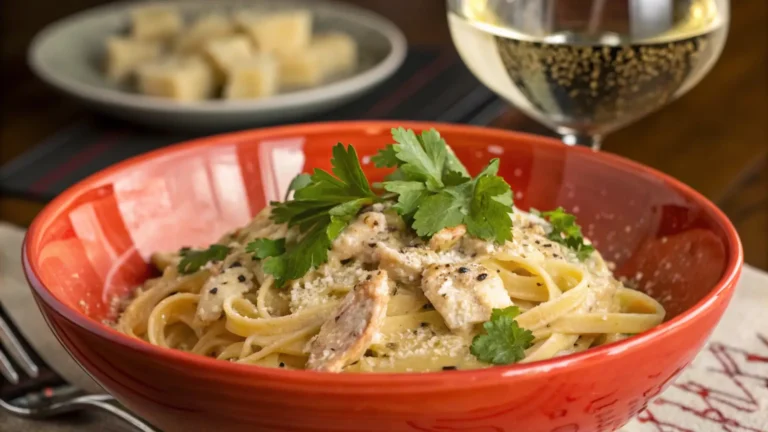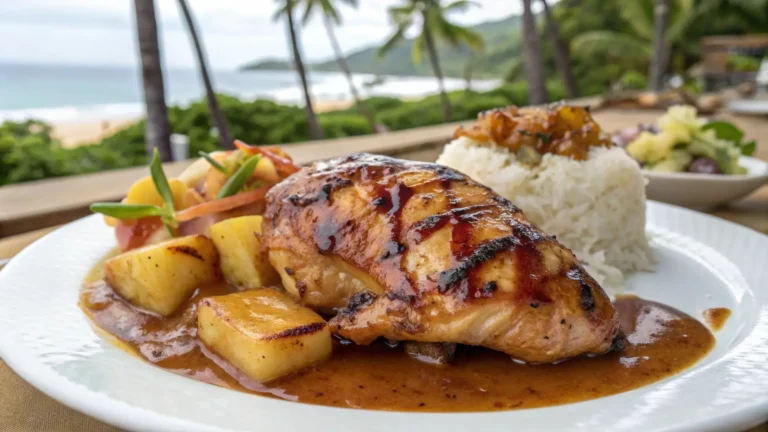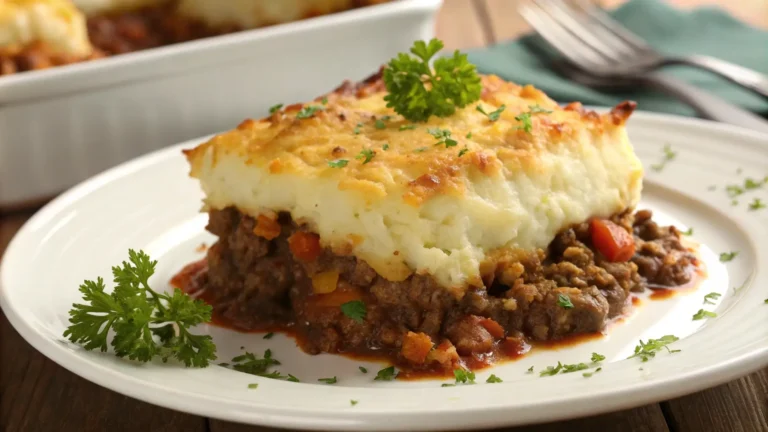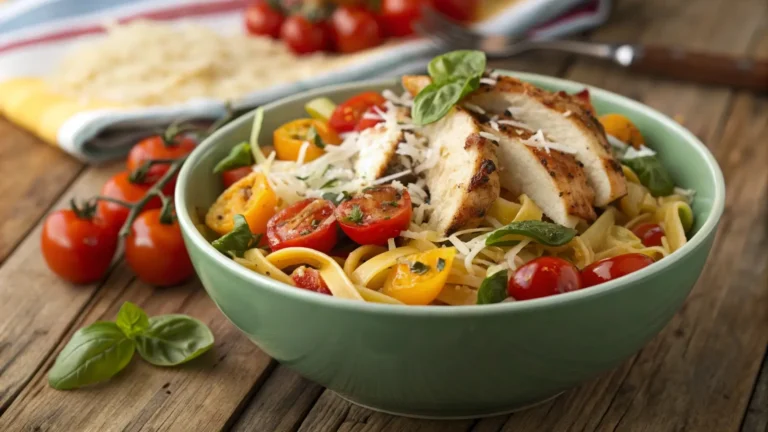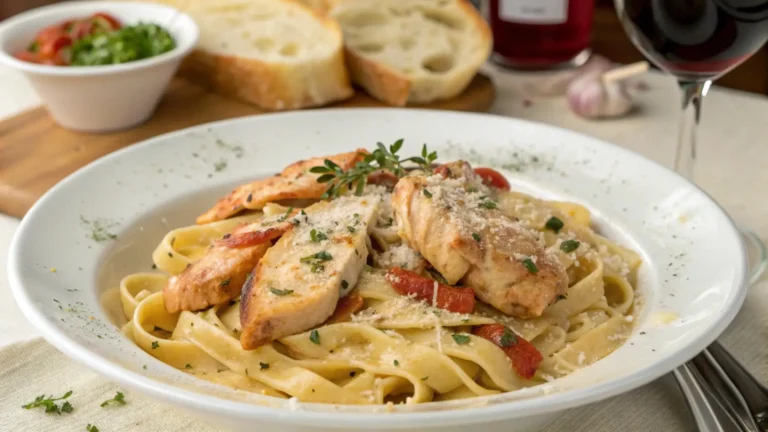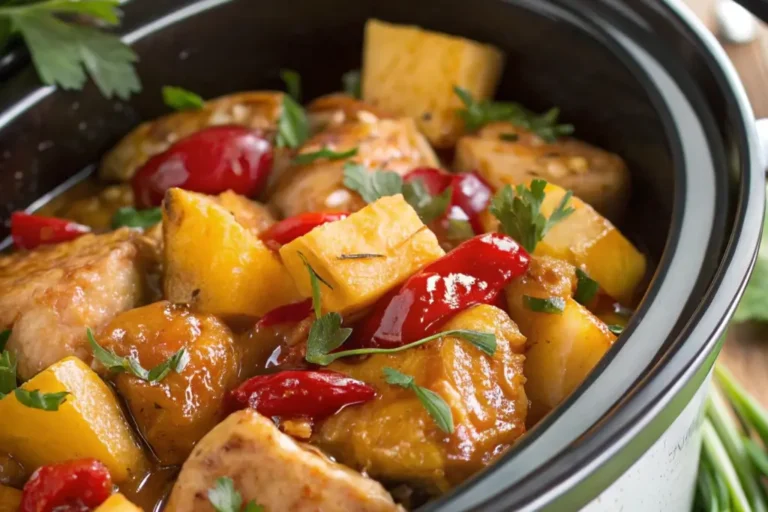What is the Secret Ingredient to Crispy Wings? Find Out Now
Crispy chicken wings are a culinary delight that everyone loves. Whether it’s the satisfying crunch as you bite in or the perfectly balanced flavor, crispy wings stand out as an irresistible treat. But what’s the secret to getting them just right? From the science of cooking to key ingredients and techniques, this article explores everything you need to know to turn ordinary wings into an extraordinary dish. Let’s dive into the art of crispiness, starting with the science behind what makes wings so crunchy.
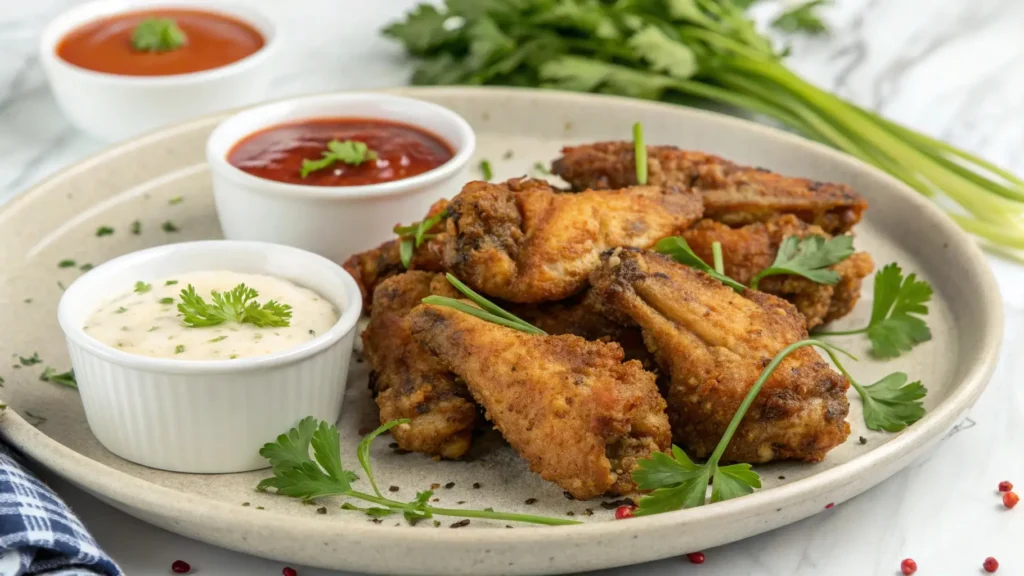
The Science Behind Crispy Wings
Perfecting crispy chicken wings isn’t just about throwing them in hot oil or popping them into an air fryer. It’s about understanding the science behind the crunch. From the role of moisture to the Maillard reaction, each element plays a part in creating wings that are both golden and irresistible.
Why Crispiness Matters in Food
Crispiness isn’t just a texture—it’s an experience. When you bite into a wing with a crackly crust, it sends an audible signal of freshness and perfection. This satisfying crunch contrasts beautifully with the juicy, tender meat inside, making the dish nearly impossible to resist.
Our love for crispy food is deeply rooted in the sensory pleasure it provides. Texture enhances flavor, and the crunch of a perfectly fried wing delivers a burst of satisfaction that lingers long after the bite.
The Role of Moisture and the Maillard Reaction
When it comes to crispy wings, moisture management is key. Too much moisture in the skin leads to sogginess, while just the right amount helps steam escape, creating a golden crust. Before cooking, patting the wings dry or letting them air-dry in the refrigerator ensures excess moisture is removed, setting the stage for crispiness.
The Maillard reaction, a magical chemical process, occurs when proteins and sugars in the chicken interact under high heat. This reaction not only gives wings their signature golden-brown color but also deepens the flavor, making each bite irresistibly savory. Without the Maillard reaction, wings wouldn’t have that perfectly caramelized exterior we all crave.
How Batter or Coating Interacts with Frying Methods
The coating on a chicken wing acts as its armor, protecting the meat while transforming into a crunchy shell. A light dusting of flour or cornstarch interacts with hot oil to create a lattice-like structure that locks in the juices and enhances crispiness.
Frying at the right temperature is essential for this reaction. Too low, and the coating absorbs oil, making it greasy. Too high, and it burns before the wings cook through. Mastering this balance is one of the keys to achieving crispy wings that are both beautiful and delicious.
Key Ingredients for Achieving Crispy Wings
When it comes to mastering the art of crispy wings, the ingredients you use can make or break your dish. The right mix of dry and wet components not only enhances the texture but also adds that irresistible flavor we all crave. So, what is the secret ingredient to crispy wings? Let’s take a closer look at some key players that make the magic happen.
The Importance of Flour and Cornstarch Blends
Flour and cornstarch are the dynamic duo of crispy coatings. Flour serves as the base, creating a sturdy crust, while cornstarch lightens things up, resulting in that sought-after crackly finish. Many chefs swear by a 50-50 mix, as cornstarch reduces gluten formation and absorbs less oil, leaving you with a less greasy, more delicate crunch.
For an extra twist, some recipes include rice flour or potato starch, which add even more crispiness to the coating. No matter what blend you choose, these dry ingredients set the foundation for a perfectly crispy wing.
The Role of Baking Powder in Crispiness
Here’s a surprising twist: baking powder isn’t just for cakes! This pantry staple is often the secret ingredient to crispy wings. When heated, baking powder releases carbon dioxide, creating tiny bubbles in the coating. These bubbles produce an airy, light texture and help the skin crisp up beautifully in the oven or fryer.
In addition to its texture-boosting properties, baking powder also works as a moisture-reducing agent, ensuring your wings stay crispy even after they cool. But remember, too much can leave a bitter taste—so stick to small amounts for the best results.
Secret Spices and Marinades to Enhance Flavor and Texture
Let’s talk flavor. While the crunch is crucial, you can’t forget the taste. Marinades and spice blends play a big role in taking crispy wings to the next level. Classic spices like garlic powder, paprika, cayenne, and onion powder add bold, savory flavors. But here’s where the real fun begins: try experimenting with unexpected ingredients like smoked paprika, curry powder, or even ginger for a unique twist.
Acidic marinades made with buttermilk, yogurt, or vinegar tenderize the meat while prepping the skin for crispiness. The result? Wings that are juicy on the inside but perfectly crunchy on the outside.
Proven Techniques for Crispy Wings
Even the best ingredients can fall flat without the right techniques. If you’ve ever wondered, what is the secret ingredient to crispy wings, the answer might not just be an ingredient but also how you cook them. Whether you’re frying, baking, or air frying, the right approach ensures your wings come out crispy and golden every time.
Deep-Frying Methods for Maximum Crunch
Nothing beats the classic deep-fry to achieve the ultimate crunch. However, it’s not just about dunking wings in oil—it’s about precision.
- Double Frying Technique: This method is a game-changer. The first fry, done at a lower temperature (around 325°F or 160°C), cooks the wings through. The second fry, at a higher temperature (375°F or 190°C), locks in the crunch. This two-step process ensures a crispy exterior without overcooking the meat.
- Maintaining the Ideal Oil Temperature: Keeping the oil consistently hot is vital. If it drops too low, your wings soak up oil and become greasy. Too high, and the coating burns before the inside cooks. A thermometer is your best friend here, helping you hit that sweet spot for perfectly fried wings.
Baking and Air Frying as Healthier Alternatives
For those looking to cut calories without sacrificing crunch, baking and air frying are excellent options.
- Techniques for Baking Crispy Wings: To bake wings that rival the deep-fried version, start by patting them dry and coating them with baking powder. Place them on a wire rack set over a baking sheet to allow air circulation. Bake at 400°F (200°C) for 45–50 minutes, flipping halfway through for even crispiness.
- Optimizing Air Fryer Settings: Air fryers are a game-changer for crispy wings with less oil. Preheat the air fryer to 375°F (190°C), arrange the wings in a single layer, and cook for 20–25 minutes, shaking the basket halfway through. You’ll get all the crunch without the guilt!
Tips for Preparing Wings Before Cooking
Preparation is half the battle when it comes to crispy wings. Here’s how to get it right:
- Dry Your Wings Properly: Moisture is the enemy of crispiness. After rinsing the wings, pat them dry with paper towels. For even better results, let them sit uncovered in the refrigerator for an hour to air-dry.
- Timing the Coating Application: Coating the wings too far in advance can result in a gummy texture. Toss them in the flour-cornstarch mixture or baking powder just before cooking to keep things light and crisp.
Common Mistakes to Avoid When Making Crispy Wings
Even seasoned cooks can run into trouble when making crispy wings. Avoiding a few common mistakes can mean the difference between soggy and sensational. If you’re wondering what is the secret ingredient to crispy wings, it’s not just about what you add—it’s also about what you avoid.
Overcrowding the Pan
Overcrowding is one of the biggest culprits of soggy wings. When too many pieces are in the pan, the oil temperature drops and the wings steam rather than fry. Whether you’re frying, baking, or air frying, always ensure there’s enough space for air or oil to circulate each piece. Frying in batches might take longer, but it guarantees a crispier result.
Using Too Much Batter
While a thick coating might sound like a great way to ensure crunch, it often backfires. A heavy batter can cook unevenly, leaving you with a gummy texture instead of a crispy crust. Instead, stick to a light coating of your dry mix—just enough to enhance the texture without overwhelming the wing.
Inconsistent Oil Temperatures
Maintaining a steady oil temperature is crucial for frying. If the oil gets too cool, the wings absorb excess grease, becoming heavy and soggy. Conversely, the coating may burn before the meat cooks through if the oil gets too hot. Always use a thermometer to monitor the oil, keeping it between 350°F and 375°F (175–190°C) for the best results.
FAQs About Crispy Wings
As you perfect your wings, a few questions might come up. Here’s everything you need to know to achieve crispy perfection every time.
What’s the Best Oil for Frying Wings?
The best oils for frying wings are neutral oils with high smoke points, like vegetable, canola, or peanut oil. These oils can handle the high heat needed for frying without breaking down, ensuring your wings stay crisp and clean-tasting.
Can You Make Crispy Wings Without Frying?
Absolutely! Baking and air frying are excellent alternatives. Baking requires high heat and a wire rack to promote airflow, while air fryers create a similar effect using minimal oil. Adding a small amount of baking powder to the coating helps mimic the crunchy exterior you’d get from frying.
Why Use Baking Powder Instead of Baking Soda?
While baking soda is a stronger leavening agent, baking powder contains additional components that make it ideal for crispy wings. When used correctly, it reacts to heat to create an airy, light crust without adding any off-flavors.
Can Frozen Wings Be Made Crispy?
Yes, but it takes a little extra effort. Thaw frozen wings completely before cooking and pat them dry to remove excess moisture. This step is crucial to achieve a golden-brown crust. Cooking wings straight from the freezer usually results in uneven cooking and a soggy texture.
For more delicious recipes, check out honey garlic chicken wings. These wings are a flavor-packed option that pairs beautifully with the techniques shared here.
Conclusion: The Ultimate Guide to Perfect Wings
Crispy chicken wings are more than just a snack—they’re a sensory masterpiece that combines texture, flavor, and satisfaction in every bite. But what is the secret ingredient to crispy wings? It’s not just one thing. The magic lies in a careful mix of the right ingredients, smart techniques, and avoiding common pitfalls.
Bringing It All Together
From using a flour and cornstarch blend to incorporating baking powder for that airy crunch, each step is vital. Remember to prep your wings by patting them dry and using a light coating to avoid sogginess. Cooking methods like double frying, baking, or air frying allow you to adapt based on your preferences, but consistency is key—keep those temperatures steady!
Your Crispy Wing Journey
Whether you’re experimenting with new marinades, exploring healthier air-fried options, or mastering deep-fried perfection, crispy wings offer endless possibilities. Armed with the tips and tricks in this guide, you’re now ready to create wings that rival even the best restaurants. Don’t forget to add your unique twist—whether it’s a bold spice mix or an unexpected dipping sauce—to truly make them your own.
So, what’s stopping you? Gather your ingredients, fire up your fryer (or oven), and transform ordinary chicken wings into extraordinary crispy delights. And if you’re looking for more inspiration, check out Julia Tasty’s honey garlic chicken wings recipe to keep exploring new flavors.
With a little practice and creativity, your wings will become the star of any meal or party. The secret to crispy wings isn’t just in the ingredients—it’s in the joy of making them!

